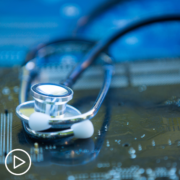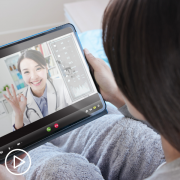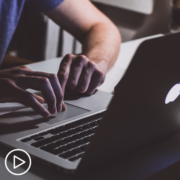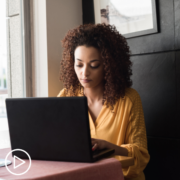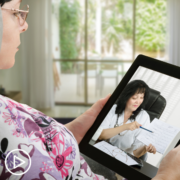Our education system is in a vulnerable state as we continue to battle COVID-19. Many questions are being asked in preparation for the upcoming school year. Is it too soon or even safe to reopen? Is virtual education best for students? There is also an underlying issue of preexisting disparities in education, such as the need for resources like basic learning tools. Educators must consider disparities that also extend into their student’s home life, such as lack of food and the responsibilities of caring for siblings because their parents have multiple jobs.
Teachers across the United States, including Virginia–my home state– are struggling with adapting to virtual teaching in addition to the challenges of preexisting disparities that affect the community of learning. Loren and Nicole (names changed for discretion purposes), two Virginia educators express their views on the decisions made in their districts for reopening. They share with us their current challenges and their plan of action to prepare for an effective school year. This will require collective effort between teacher, parent, and student as they learn to adapt to the changing landscape of education in the age of the Coronavirus.
The VA District’s Decision
Public health is of the highest concern forcing policy makers to make many considerations regarding the pandemic and reopening of schools. Key federal government officials insist on schools reopening in fall despite the possibility of viral transmission.
Loren, a 24-year-old Special Education teacher stated, “Decisions for the reopening of the school have been heavily influenced by politics such as federal funding and the opinions from state governments on the reopening of school.” Nicole, an educator in mathematics of 39 years stated, “The governor has pretty much left it up to the schools to follow the guidelines that are outlined by the CDC and local health organizations as to whether we reopen schools or what not.”
When asked if educators in their Virginia school district were allowed input in the reopening, they both expressed there was some say in the decision making but ultimately the final decision was left to the school board. In Nicole’s district, surveys for reopening were distributed to parents and educators in June, July, and August to determine if in-person or virtual would be the best practice. The final decisions were partly determined by the influx of COVID cases in their surrounding communities. The decision for both Nicole and Loren’s district settled on virtual learning.
As Loren and Nicole proceed in the virtual learning direction, their learning communities still have disparities to overcome. These existed pre-COVID era such as minimal resources and little to no experience with online education.
Underlying Conditions
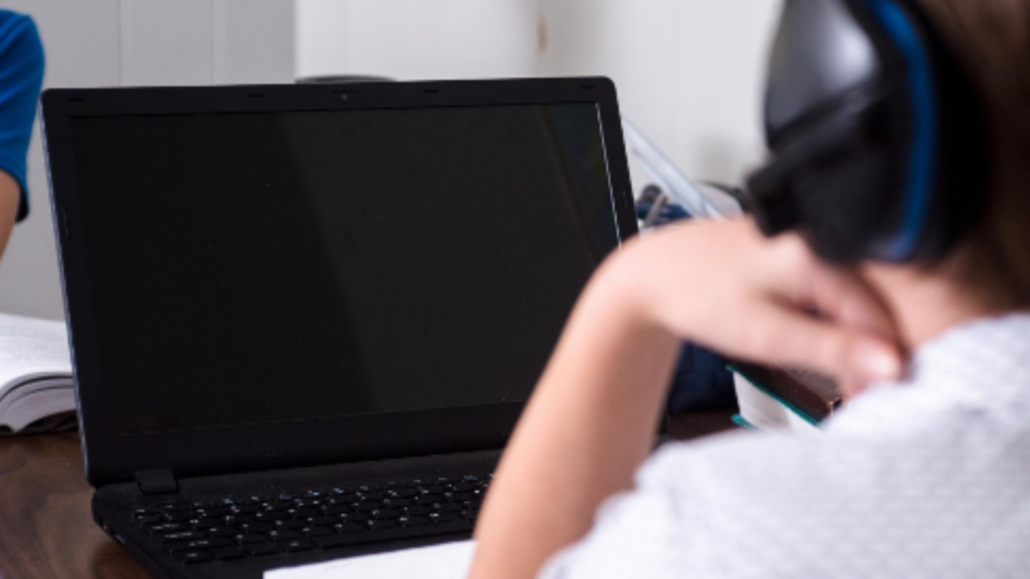
In March, virtual learning was abruptly enforced on students and educators with little to no experience in this method. Prior to COVID, there has been an existing issue regarding the resources to execute work. This includes basic tools like pencils, textbooks, and internet connection. This extends outside of school needs and into the needs of the home as well.
Nicole says, “Thinking about my class, some kids had attendance issues. Some had issues with doing work although they came to school every day. So, lack of motivation for some students.”
Additionally, she brought attention to the challenges that exist in the home such as parental support. “Getting parents to attend conferences to discuss ways to help their child is already tough. So, you can only imagine how the situation will be during virtual.” For some students, outside responsibilities are priorities over their education like the need to tend to siblings in the home. Nicole also stated, “Some other issues were kids not having food or places to stay–shuffling from one family member to the next. Even cases of child neglect or abuse”. These issues take away from the child’s motivation which she noticed in their class participation.
In Loren’s case, parental support is also an issue for her students. Her concern is if this will be any different virtually. Teaching students with learning disabilities requires a bit of extra attention. Since school will be completely virtual, these students will require the additional assistance from their parents and teachers.
The new direction of virtual education layered with inequitable conditions must be reflected upon. To ensure positive changes are made, educators, parents, and students will need to be equipped with the readiness tools for an effective and engaging school year. How will educators engage and empower students who will now be learning in an unfavorable environment? How can educators cultivate productivity throughout the day?
Tools for Readiness

We can’t move forward with virtual learning if our educators and students are unequipped with stable internet, virtual education training, and the basic tools needed to work.
Since there will be an increase in internet use in the home, the system needs to be stable to handle Zoom or the use of other online platforms. In March, Nicole’s school provided hotspots which were to be returned at the end of the school year. Pre-COVID each student was supplied with Chromebooks.
Virtual Education training is what will teach and empower educators and parents to be competent and successful in virtual learning strategies. Nicole mentioned that her school has been offering training on a learning management system called Canvas which merges assignments to be accessible from one location for easier use. Other outlets offer free resources for educators and students like webinars. Microsoft offers an online teaching guide to prepare educators from Pre-K to PhD with tools for online education. This is a full guide providing tips on making the virtual transition, maintaining engagement with students, and advice on enhancing the social experience for students and their families.
Creativity is needed to spark engagement. For many districts including Nicole and Loren’s, Zoom is being used to conduct the majority of classes. For educators that want a more hands on creative approach, they prefer the use of white boards or chalk boards. These can be mounted on the wall for use during the lesson or prerecorded then discussed during the session.
Creating a conducive work space is important for productivity and maintaining balance between work and life in the home. Educators, parents, and students can all benefit from tools that’ll empower them to minimize stress.
1. Pick the most quiet and productive area in the home for the school day.
- Minimize distractions by only having the laptop in sight
2. Maintain an organized workspace.
- Utilize binders and pencil pouches to keep the work area tidy.
3. Keep a bottle of water and a snack nearby.
- Granola bars, trail mix, even fruit snacks are non-messy treats that’ll help keep you energized.
School districts are determining ways for families to receive resources like childcare and food. For students that need breakfast and lunch provided, Nicole’s district offers Meals-to-Go services at various locations for students to pick up. Parents can contact the school board to determine additional food options for their children. Nicole also stated that some schools may open to allow students that need supervision during the day. Unfortunately, many of Nicole’s students are considered lower income and face challenges that are only intensified by COVID restrictions.
As schools begin to reopen, we will uncover more concerns sparked by the virus. We will continue to learn how to overcome existing disparities among students and educators, and determine if virtual education training and suggested tools are benefiting educators. For vulnerable populations, COVID has only exacerbated existing issues making it more difficult to get through virtual learning. We cannot ignore these issues and hope for students’ success virtually. This change is a collective effort from school boards, educators, parents, and the entire community. We will power through this challenging time of learning to adapt to life during the pandemic that continues to reshape our education system.
India is interested in government policies and regulations regarding clinical research and mental health. She is a member of the HEET (health equity emissary team) , a health equity education and awareness channel committed to spotlighting health disparities impacting vulnerable populations.
